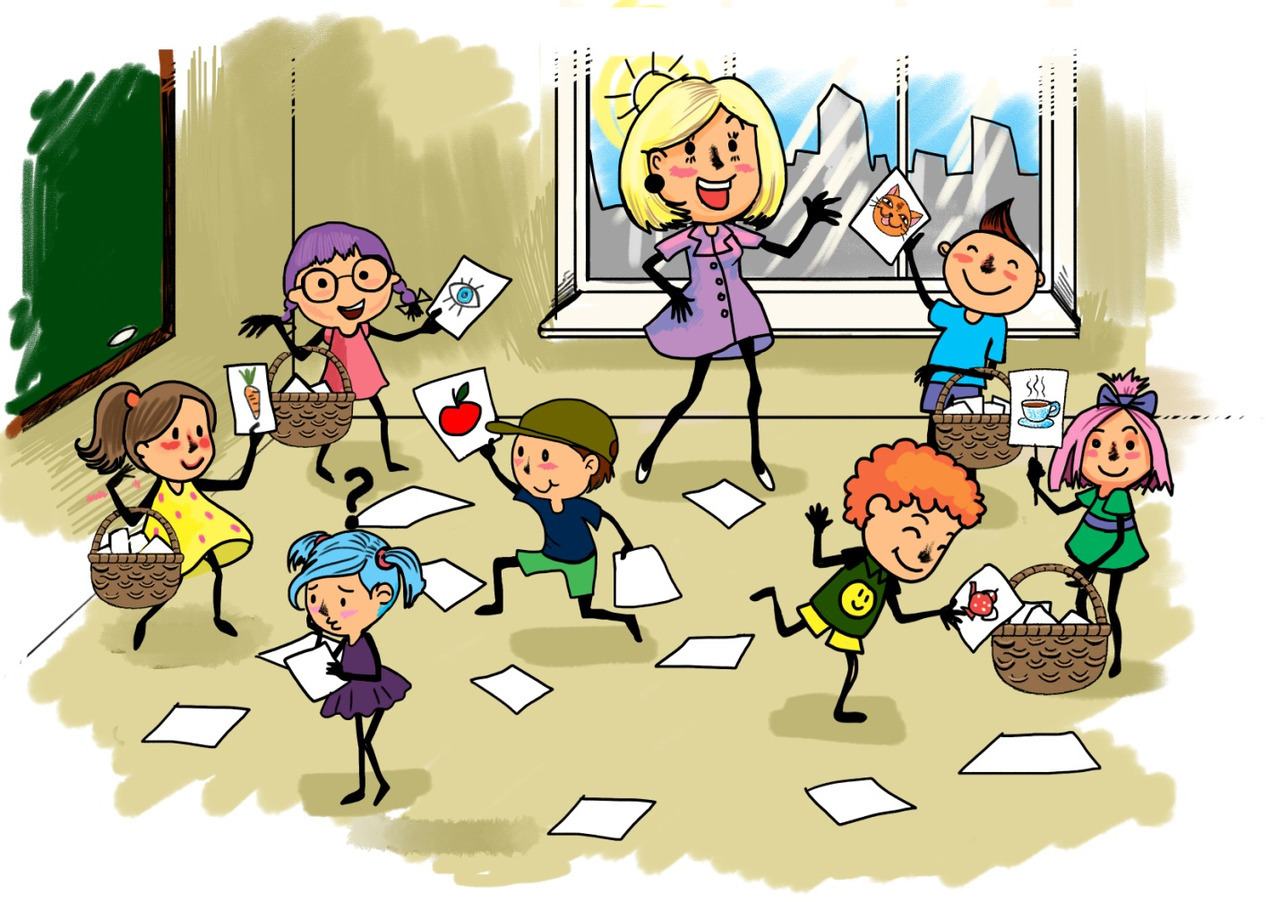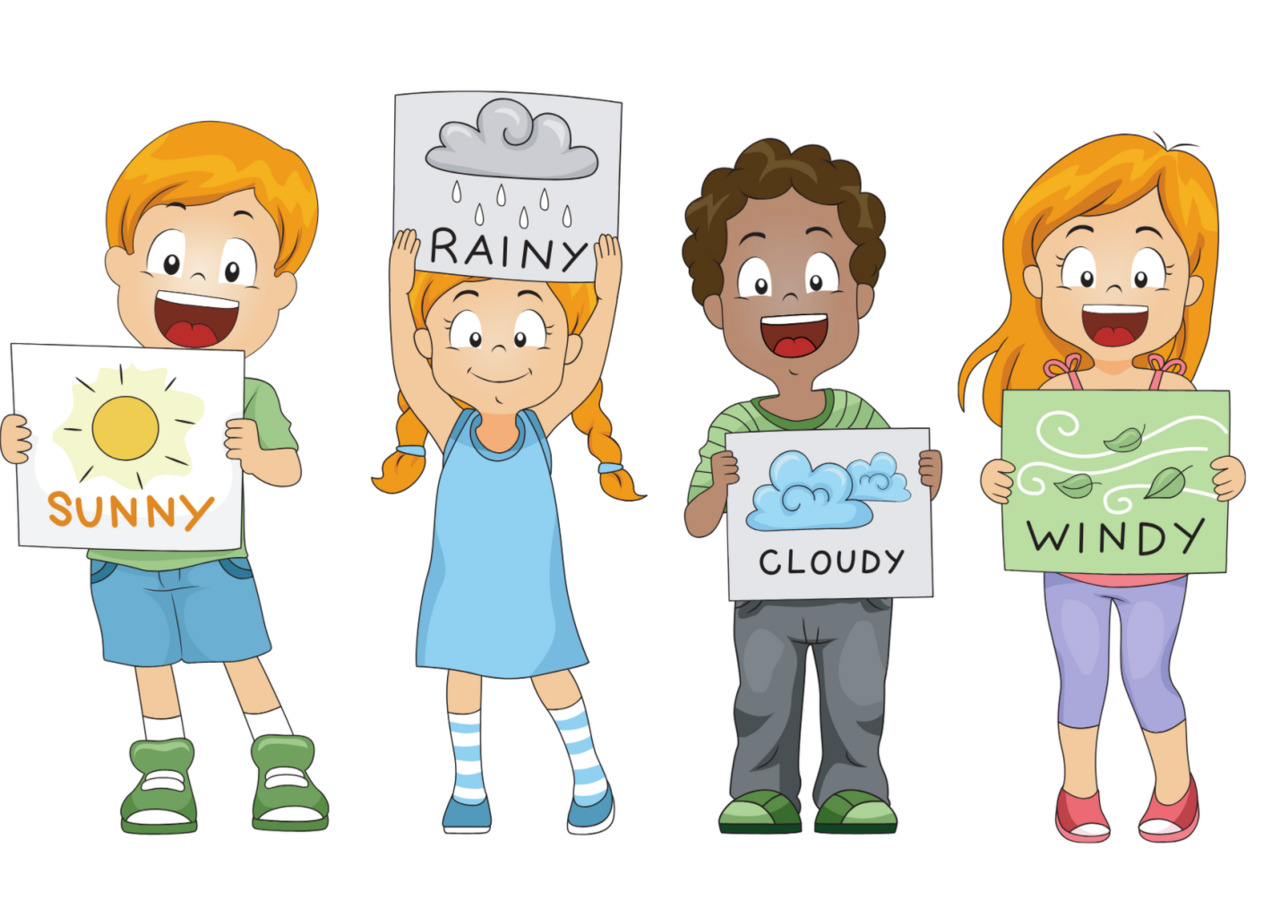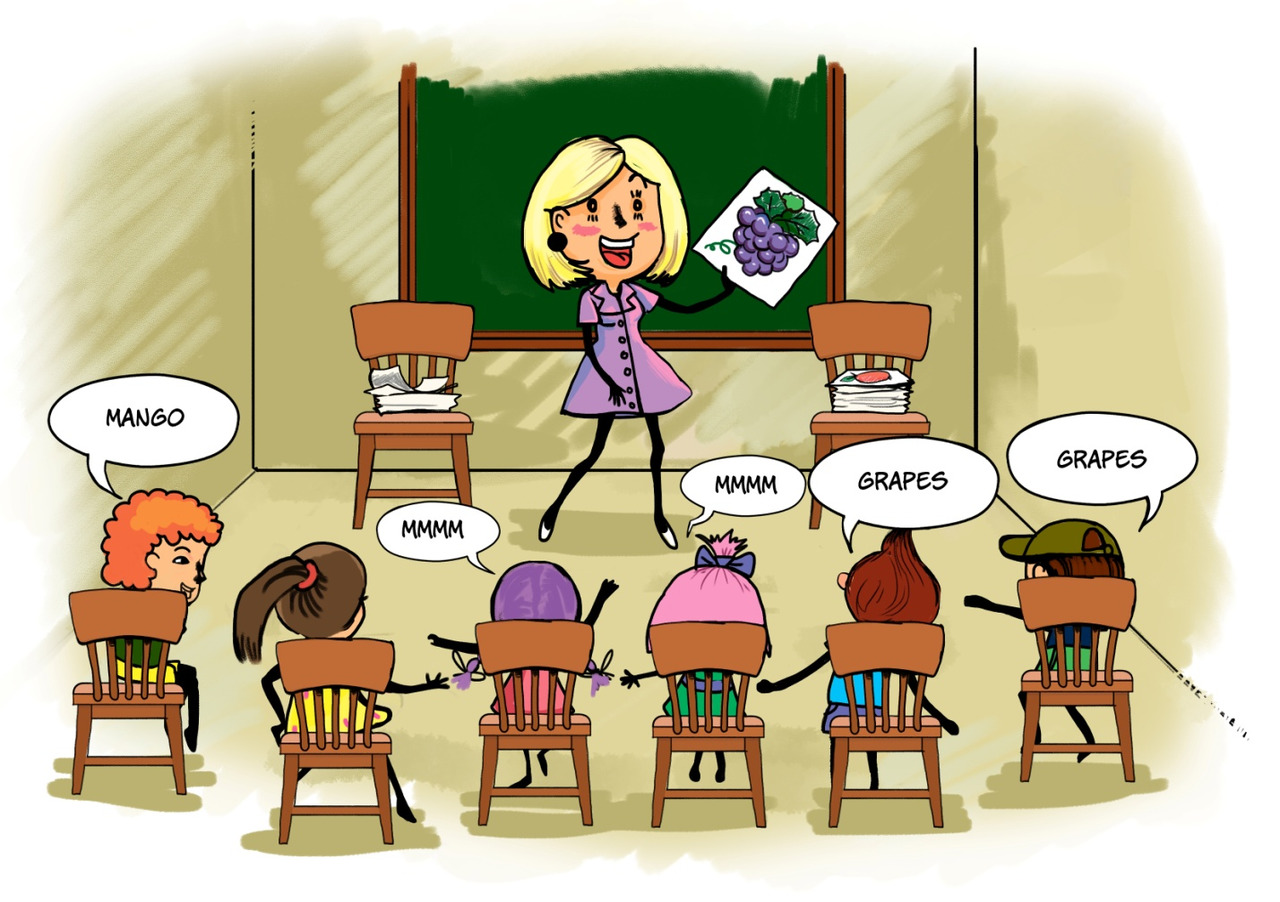
Бесплатный фрагмент - ESL MAGIC GAMES
FOR KINDERGARTEN
MEET THE AUTHOR
JENNY WHITE
«I never teach my pupils. I only attempt to provide the conditions in which they can learn.»
Albert Einstein

TKT: CLIL Certificate (Cambridge University)
Certificate in Teaching IELTS (London TTC)
EMI Certificate (Cambridge University)
Award from American Council «For Outstanding Contributions to the Teaching of English and American Country Studies»
Winner of the contest for teachers of English «Fresh Vigor»
Jenny White has been teaching English since 1995. She worked in many countries with different age groups and came to the conclusion that games are the most powerful tool for teaching kindergarten kids.
In 2017 she moved into teacher training and started sharing her experience on YouTube. For more ESL games and teaching tips visit her channel ESL GAMES AND TEACHING TIPS WITH JENNY WHITE
HOW CAN THIS BOOK HELP YOU?
Dear Reader,
This book will help you master «classroom magic» — ESL games that engage ALL your students into learning English and turn ANY class into a perfect one, with all the goals achieved. There are twenty games and for every game information is presented in three sections.
In «PREPARATION» section you will find information about what you have to consider before playing the game: teaching goal, the number of students in your group, their level of English, type of the game, material and time needed.
In «INSTRUCTIONS» stage you will get detailed advice on what to say and what to do to help your students understand the rules and to create a warm, friendly atmosphere.
In «PROCEDURE» stage you are given a description of what the game looks like. There are also pictures to help you. You can read about ways of adapting the games for smaller or larger classes.
So, don’t waste a single moment! Turn the page, choose a game and enjoy it!
Yours,
Jenny White
5 MAGIC FEATURES OF OUR GAMES
MOTIVATING — The spirit of competition and excitement will make your students stay focused until the last minute!
AMUSING — Your students will never get tired and because playing game is a natural way for them to learn.
GOAL-ORIENTED — You will not play just for fun. By the end of any game your students will have made a great progress!
INTERACTIVE — No matter how large your group is, every students will get a chance to physically take part in the game! It will keep them «awake»!
COOL — Students will get a chance to win! What can make you feel happier than this sweet taste of victory?
FLASHCARD GAMES
Four Bags
AIM: revision of groups of vocabulary
LEVEL OF ENGLISH: students should know 3—5 words in every vocabulary group
TYPE OF EXERCISE: classifying flashcards into groups in teams
NUMBER OF STUDENTS: suitable for a group of 8—16 students
MATERIALS: 4 bags and 20 flashcards from different vocabulary groups
TIME: 5—10 min. (depending on the number of students)

PREPARATION
Choose 20 flashcards you would like to revise with your students. They should relate to different vocabulary groups, (FOOD, TOYS, SPORTS, JOBS etc.) Put the flashcards on the floor face down.
Ask four students to stand in the four corners of the classroom and to hold the bags. Give every student, who is holding a bag, a flashcard representing vocabulary category. For example, for the category DRINKS it can be a flashcard with milk. For the category WEATHER a flashcard with RAINBOW etc. Students should hold the card and the bag so that all the students could see the picture.
INSTRUCTIONS
Explain to the other students what group of words every bag is for (food, drinks, clothes, colours, toys etc.) Pick up one card from the floor, for example, a teddy bear, show it to the students and ask «What bag? Clothes? Food? Toys?» Quickly run to the bag with toys and put the flashcard into in. Explain to the students that they should sort out all the cards on the floor into the four bags very quickly.
If there are more than 12 students in the group, choose 7—8 to play the game and explain to the others that they will play next time.
PROCEDURE
Set time limits, for example 20 seconds. Count from 1 to 20 together with the students who are holding the bags while the other students are sorting out the flashcards.
When there are no more cards on the floor, ask all the students to sit down and check the words in the bags. Take out the cards one by one and make students pronounce the words on them. Check if the word is in the right bag by asking them «Is it clothes/food/toys..?»
In the end count how many cards they managed to classify in 20 seconds and write the number on the board. Don’t forget to praise your students! After that, choose other students to hold the bags and other players to play the game again.
What is Missing? (New Variant)
AIM: building connection between the image and the word
LEVEL OF ENGLISH: students should know at least 6 English words
TYPE OF EXERCISE: guess and name the word
NUMBER OF STUDENTS: suitable for a group of more than 8 students
MATERIALS: at least 6 flashcards
TIME: 10 min.

PREPARATION
Choose 6 flashcards you are going to use in the game. Ask all your students to sit on the chairs in a semicircle facing you. Tell them that you need 6—7 helpers to play the game. Ask them «Are you good?» Wait until they sit still. Choose 6—7 students and make them stand in a line facing the students on the chairs. Give a flashcard to every student who is standing in a line. Ask them to hold the flashcards so that the sitting students can see the picture.
INSTRUCTIONS
Explain to the sitting students that their task is to remember all the pictures. First make sure they can name all the objects on the flashcards in English. Next explain to the standing students that their task is to switch their places while the sitting students will be counting from 1 to 10. After that, give the sitting students ten seconds to remember the objects on the flashcards. You can count to ten together with the standing students.
PROCEDURE
Ask the sitting students to close their eyes with their hands. Count to ten again. The standing students should change their positions in the line switching their places. When the sitting students say «ten», the standing students should stop moving and stand in a line and the teacher should quickly take one standing student and make him or her turn back to those sitting. The flashcard is no longer visible to anyone.
Ask a question: «What is missing?» and point at the student standing his or her back to the players. It will be really difficult for the students to make out what card is missing because the objects are in a different order now (the standing students changed their position). The first who names the object correctly will play instead of the student who was holding this card.
Play the game again with different flashcards. If this variant is too difficult for your students, you can limit the number of cards by four or five. If it is too easy, you can give 2 flashcards to every standing student. Don’t forget to praise the standing students as well for their good behaviour.
Two Chairs
AIM: building connection between the image and the word
LEVEL OF ENGLISH: students should know at least 20 words
TYPE OF EXERCISE: name the picture
NUMBER OF STUDENTS: suitable for a group of 7—25 students
MATERIALS: at least 20 flashcards
TIME: 5 min.

PREPARATION
Choose 20 flashcards you are going to revise. Ask your students to sit in a semicircle. If there are desks in the classroom, they can sit at their desks but make sure they are not too far away from you in order to see the flashcards. Put two chairs in front of them.
INSTRUCTIONS
Explain that one chair in this game will be for the class. If they name the object on the cards correctly, you will put this card on their chair. The other chair is for the teacher. If students make a mistake, you will put this flashcard on the teacher’s chair.
PROCEDURESay «What is it?» and show a flashcard to the students but do it very quickly. You can wave it and shake it to make it more difficult for the students to make out what it is. The students should shout out loudly the word as soon as they understand it. Try to make them do it together and really loudly.
Make a disappointed face if they don’t and ask them to name the word one more time. If they are right, repeat the word, praise the students and put the card on the students’ chair with a prominent look saying «Ok, this card is for you». If they are silent or make a mistake, show the card again, pronounce the word yourself and put it with a self-complacent look on the teacher’s chair saying «This one is for the teacher».
It is very important to get the students emotionally involved. You can be nasty and bossy when you win and you can pretend being angry when you lose to make them want to win. They should start competing with you. When the cards are over, ask one of the students to count the cards on the students’ chair. Then count the teacher’s cards, intentionally making a mistake. If there are only five cards, say that there are twelve.
When the students disagree, ask them to check. Ask more than one student. It will make them revise numbers as well. Finally, when the number of cards is calculated correctly, praise the students and give them a reward like stars on the board or a high five.
Say «Hello» to…
AIM: revision of names of animals practice saying «Hello!»
LEVEL OF ENGLISH: students should know names of 5—6 animals or toys
TYPE OF EXERCISE: find and interact
NUMBER OF STUDENTS: suitable for a group of 2 — 15 students
Бесплатный фрагмент закончился.
Купите книгу, чтобы продолжить чтение.